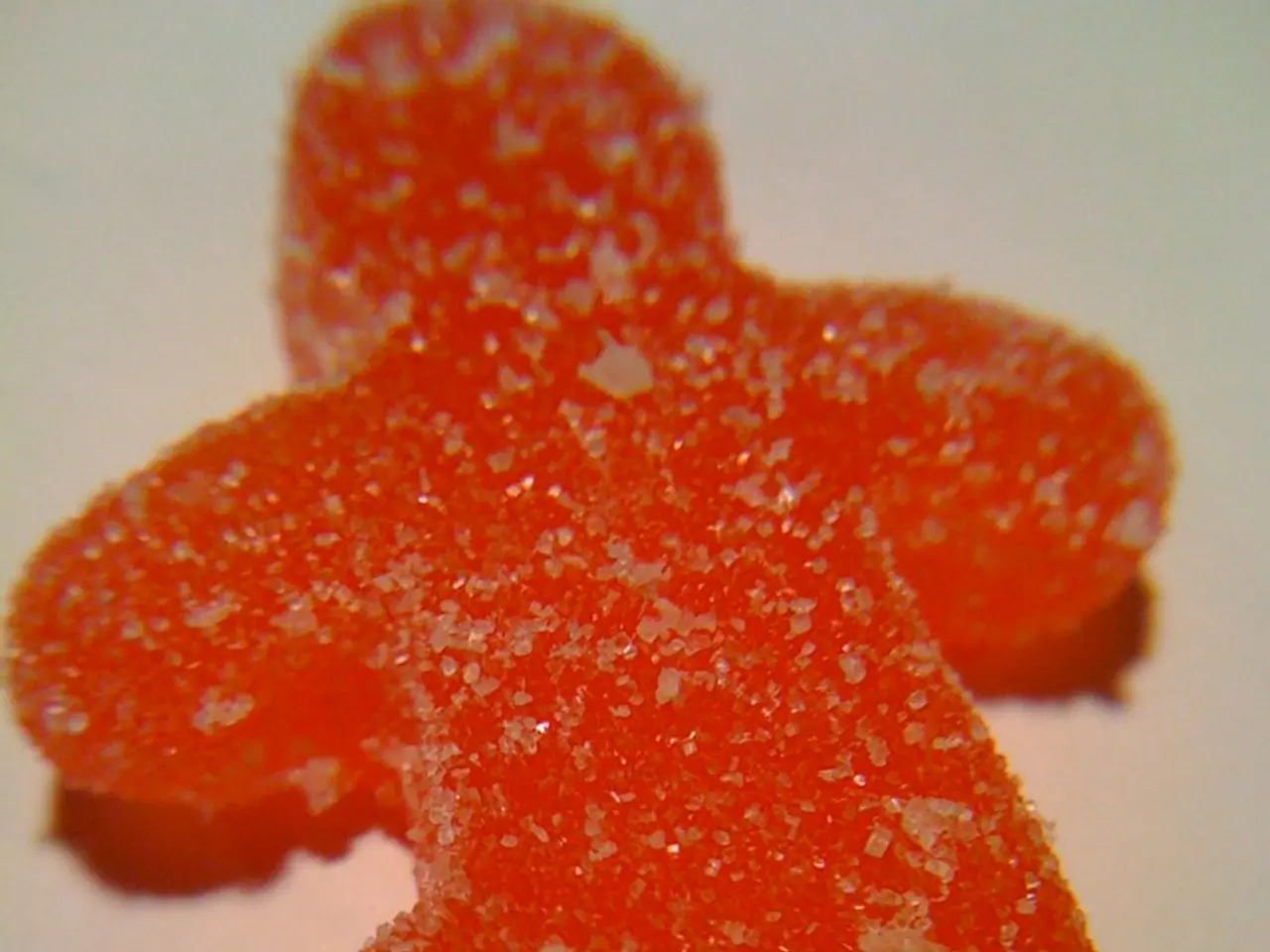Extra-terrestrial life might find suitable conditions for survival on planets beyond the Goldilocks Zone, due to cosmic rays.
A groundbreaking study has proposed a new concept in the search for extraterrestrial life: the Radiolytic Habitable Zone (RHZ). This zone, found beneath the surface of planets and moons, could potentially support microbial life using energy generated by the radiolysis of water molecules induced by cosmic rays.
The RHZ is a subsurface region where ionizing radiation, such as galactic cosmic rays (GCRs), breaks down water molecules into hydrogen gas and solvated electrons. This chemical energy can sustain microbial metabolism, independent of sunlight or geothermal heat.
This development expands traditional habitable zone ideas, which focus on surface temperature and liquid water, to include underground environments where cosmic rays penetrate ice or soil and break down water. The RHZ's existence depends on how deeply cosmic radiation can reach and the presence of water or ice.
Potential for Life on Mars, Europa, and Enceladus
The study predicts Mars, Europa, and Enceladus as potential candidates for life within the RHZ.
- Mars, with its thin atmosphere, allows cosmic rays to penetrate several meters into the subsurface. This radiolysis-driven energy production could sustain microbes underground, even in otherwise harsh, arid conditions.
- Europa, despite its thick icy shell and partial shielding by Jupiter’s magnetosphere, has shallow brine pockets and near-surface liquid water. This allows cosmic rays to induce radiolysis, supporting microbial biomass near the ice surface in localized niches within the RHZ.
- Enceladus, with its relatively thin ice shell, permits deeper GCR penetration. It shows the greatest potential among these bodies for supporting radiolytic life underground, with ongoing observations of plumes indicating subsurface liquid water that, combined with radiolysis, could provide energy sources for microorganisms.
Redefining Astrobiological Targets
The RHZ framework suggests that life could survive in cold, dark, and previously considered hostile environments by using chemical energy from cosmic radiation. This redefines astrobiological targets to include subsurface regions under ice or rock where radiolysis occurs. It also broadens the search beyond the classical "Goldilocks Zone" to many more worlds across the galaxy with buried water and cosmic ray exposure.
Future Studies and Implications
Astrobiologists plan to study these worlds more closely in the coming years, using data from telescopes such as the Atacama Large Millimeter/submillimeter Array and probes like NASA's Europa Clipper. The study does not discuss the potential impact of cosmic rays on the habitability of these worlds beyond the initial proposal of the radiolytic habitable zone.
The new study suggests implications for the search for life beyond our solar system. Dimitra Atri, an astrophysicist, stated that life might be able to survive in more places than previously imagined. However, the study does not provide details about the conditions that could allow life to exist on Europa, or any specific type of life that could exist on these worlds, but suggests the possibility of hybrid lifeforms on Mars.
In summary, the Radiolytic Habitable Zone describes a radiation-driven energetic underground environment that could potentially support microbial life on Mars, Europa, and Enceladus by providing a continuous energy supply from cosmic ray-induced water radiolysis. The study was published in the International Journal of Astrobiology on July 28. NASA's Europa Clipper is currently en route to Jupiter’s moon Europa for further study.
- The Radiolytic Habitable Zone (RHZ) could potentially support microbial life on Mars, Europa, and Enceladus, as these celestial bodies allow cosmic rays to penetrate their surfaces and induce radiolysis, providing energy for life in previously considered hostile conditions.
- The RHZ redefines astrobiological targets, expanding the search for life from the classical "Goldilocks Zone" to subsurface regions on various worlds with buried water and cosmic ray exposure, such as those found on Mars, Europa, and Enceladus.




